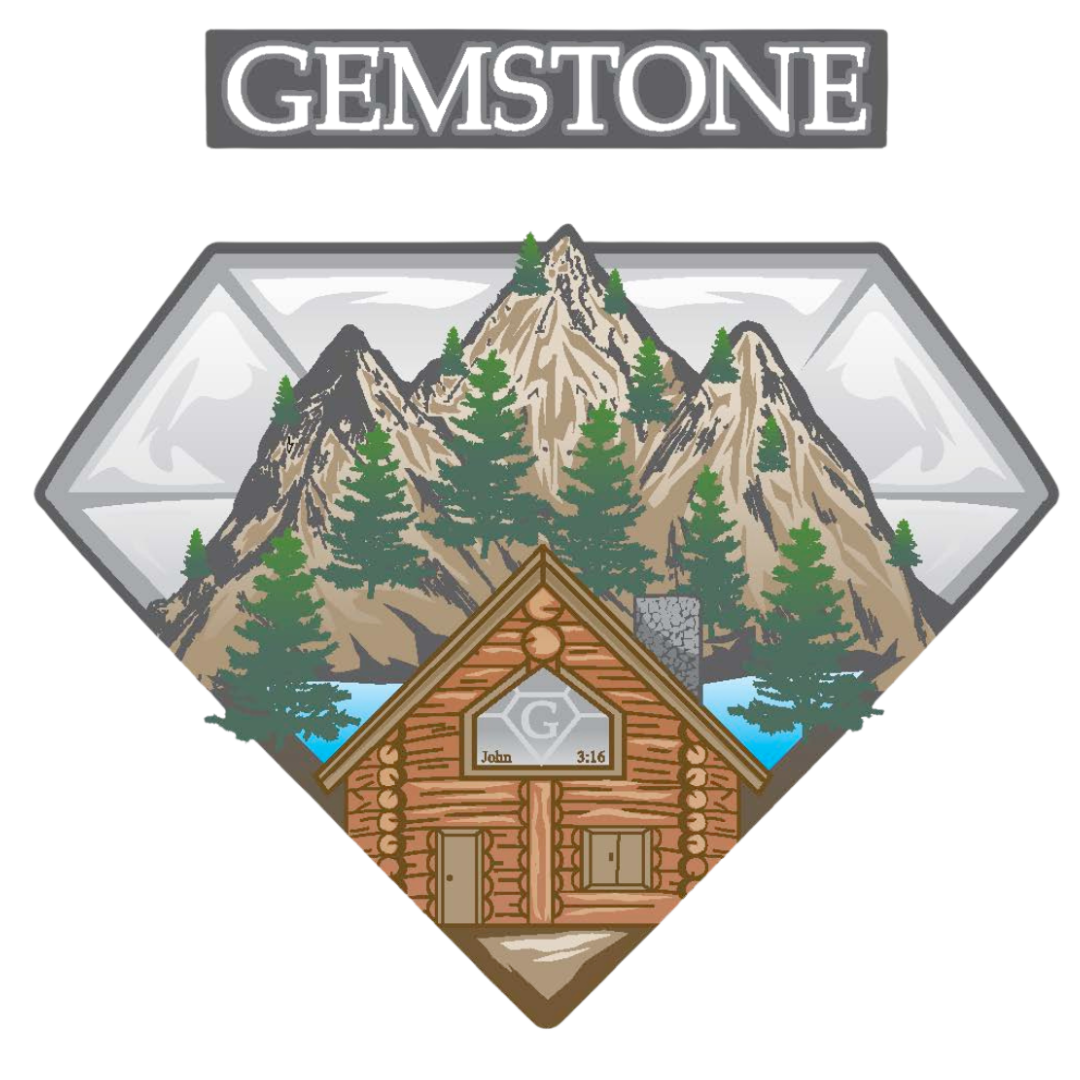GemStone Construction Blog
What If My Land Has No Driveway or Power Access? FAQ's
August 22, 2025 | Gemstone Construction | Sacramento, CA | USA
Getting your bearings on a remote parcel
Raw land near Sacramento can feel perfect the moment you step out of the truck. You hear the creek, see hawks riding the morning air, and picture coffee on a quiet porch with room to breathe. Then you notice there is no road to the homesite and no power anywhere in sight, which is common on country parcels around the valley and into the foothills. The fix starts with a clear path that protects the soil, keeps delivery trucks moving, and sets a calm tone for the whole project from week one. Early choices about route, turnouts, and rock base also make Sacramento lot prep smoother when grading begins.
Good planning stacks each step so the next one gets easier. A firm access route keeps concrete on schedule and lets framing begin without delays. Temporary power comes next so tools run quietly and safely while walls go up and inspections move along. Fire access details round out the plan so first responders can reach the pad and leave without stress. That simple sequence is the backbone of log home remote site access, and when it is done well the rest of the build feels steady and predictable for months.
Most Commonly Asked Questions
How do builders get trucks and materials onto a property with no driveway?
Crews start by walking the land from the public road to the homesite and flagging a line that avoids soft soil and limits tree work. On firm ground they spread a base layer of rock so heavy wheels do not rut the surface after a light rain. On gentle slopes they cut a shallow bench so two vehicles can pass without long stretches of backing, which keeps drivers relaxed and safe. Temporary mats bridge short wet spots so the ground stays intact and ruts do not turn into trenches that swallow tires. Turnouts every few hundred feet give drivers a place to pull aside, which keeps deliveries on time even on narrow ridges.
Where the route meets a county road, builders sketch a simple apron so truck loads do not break the pavement edge and ditch water keeps flowing under a culvert. Sacramento County treats that tie in as an encroachment, and the county page explains the short application, basic submittals, and who to contact with questions. The process also lists common work types, including new driveway construction and utility cuts in the right of way. Owners who handle this small step early protect the road edge they share with neighbors and stay on schedule during the first week of log home remote site access work.
Do I need permits for a temporary driveway or a creek crossing?
Most rural jobs need that driveway encroachment where your access meets the county road, even when the first version is temporary. The packet is simple when you attach a small plan showing width, sight distance, and a culvert if there is ditch flow. County notes also show which projects need a more detailed improvement plan and how fees are handled, which helps you time rock delivery and the first loads of pipe. Handling this early prevents stop work surprises and turns a raw field into a working site in a week instead of a month. SacDOT shares typical review times so you can plan the calendar with more confidence.
If your route touches a seasonal swale or a real stream, plan for one extra check. California may require a Lake or Streambed Alteration Agreement when work could change a bed or bank or affect fish and wildlife resources, and the state outlines that trigger in plain language. If a culvert or short bridge places fill in a channel, a federal permit can also apply under the Clean Water Act, and flood maps help you see where high water may sit during storms. Pull your FEMA map before you set the crossing elevation so the first lift of rock does not wash away in the first big rain. These steps protect streams and protect your investment, which is exactly the point.
How do projects get electricity on a site with no nearby service?
Home Builders think about power in stages so work never stalls. Brush clearing and early grading run on a compact generator that crews can refuel without fuss while the access route takes shape. Once the rough drive is in, the team requests temporary construction power so tools plug into a quiet, safe panel near the pad. In the Sacramento area that usually means a temporary service under SMUD rules, which explain how temporary connections work and when extra measures may be required for safety. When walls are framed and the main panel location is ready, the permanent service is scheduled and the temporary setup comes down to keep the site tidy. Reading the temporary service rule before you frame the electrical wall saves redraws and speeds the inspection day that brings power to the site for good.
If the nearest transformer sits far down the road, the utility designer confirms the service point and any trenching you can handle with your grading contractor to save time and money. A simple plan that shows the conduit route, the panel location, and clear working space helps both the utility review and the building inspection move quickly. SMUD’s service requirement sheets explain clearances and mounting basics that electricians follow every day on new homes. Some owners add a small solar and battery kit to power cameras and lights overnight, which cuts generator time and keeps the lane quiet at dawn. These choices keep your log home remote site access plan moving without long gaps while the permanent gear comes together.
What do fire and emergency access rules expect on rural driveways?
Engines are large and heavy, so they need a safe width, a solid surface, a reasonable grade, and a place to turn around at the end of a private drive. Local standards from the Sacramento Metropolitan Fire District set simple numbers to make this predictable, including minimum clear width and vertical clearance for access roads. Long private routes add a turnout so one vehicle can pull aside, and aerial apparatus near taller buildings requires wider lanes on two sides. Planning those shapes on paper keeps drivers calm, keeps the road edge intact, and helps inspectors say yes on the first visit. The district’s access road standard and fire lane sheet spell out these basics in black and white.
Small touches matter more than most people expect. Gates on a fire route need approved hardware and enough set back from the road for an engine to stop and swing through the opening. Address markers should be easy to see at night and placed where engines can find them in smoke or dust. Brush trimming along the route improves visibility and reduces ember risks during late summer heat. A clear, wide, well marked drive is not only a code checkbox for the county and the district. It also makes deliveries faster, protects the rock you just paid for, and gives your family a safer exit if a weather alert ever pops up on your phone.
Will lack of access or power change my timeline and budget?
Access sits at the top of the list because it touches every other task on site. A firm path lets concrete trucks land on time, framers keep their schedule, and deliveries reach the pad without tow calls or broken pallets. Without that path, each day grows a little longer, and small delays stack into real costs by month’s end. The most cost effective move is to set the route first, spread the first lift of rock, and build one or two turnouts before heavy loads begin to arrive. When those basics are in place, inspections feel calmer and crews work safer, which saves both time and money across the whole job.
Power follows the same common sense. Request temporary service as soon as the route is ready so tools plug in and small generators can rest between tasks. Place the main panel where the electrician and the inspector can work safely, and keep the area clear so there is no hunt for labels on inspection day. If plans change and you consider a small second home in town instead of a rural build, remember that access, parking, and utility rules are different for backyard units, so early reading on ADU requirements can save redraws. Either way, a short written plan for route, temporary power, and fire access turns a pretty parcel into a steady, build ready project.
Ballpark your project with the cost calculator, then contact Gemstone Construction to plan access and power and start building your dream Northern California home.
About Gemstone Construction
Gemstone Construction is a premier custom home and commercial building contractor serving Northern California, including the Sacramento area. Specializing in
custom log homes,
luxury home builds,
residential metal building construction, commercial construction and
commercial metal building construction. We bring craftsmanship, attention to detail, and personalized service to every project. From designing dream homes to building cutting-edge commercial spaces, our dedicated team ensures that each build reflects our clients' unique vision and exceeds expectations. Trust Gemstone Construction to transform your ideas into reality with integrity and excellence.
Learn more about Gemstone Construction

Contact Information



